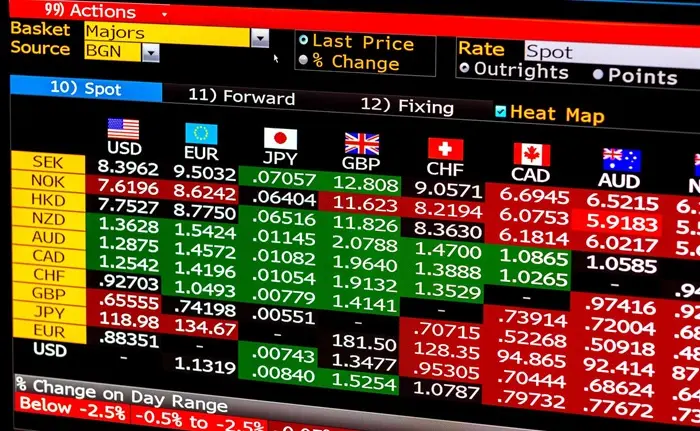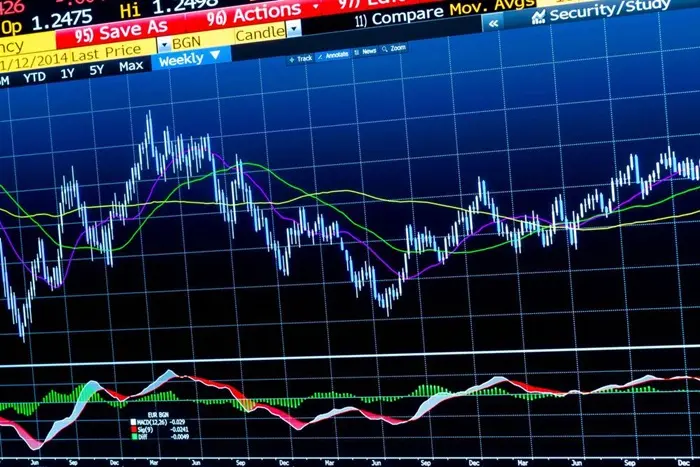Bitcoin briefly dipped below $95,000 following unexpectedly high inflation data, reigniting fears of prolonged inflationary pressures. The latest data led to a shift in market expectations, diminishing hopes for a rate cut by the Federal Reserve during its March meeting.
Higher Inflation, Higher Rates: The Impact on Bitcoin
The inflation print suggests that the Federal Reserve may keep rates higher for longer, which increases the attractiveness of Treasuries over riskier assets like Bitcoin. As rates rise, Treasuries offer more appealing returns, pulling capital away from cryptocurrencies. Despite Bitcoin’s reputation as a “risk-off” asset, it tends to move in line with risk-on assets, such as stocks, particularly in response to inflation data.
Bitcoin’s Volatility and ETF Inflows
While Bitcoin experienced a brief drop, it managed to recover and traded near $96,000 by Wednesday afternoon. Bitcoin-related stocks, including Strategy (MSTR), Coinbase (COIN), and Marathon Holdings (MARA), mirrored Bitcoin’s price movements.
Despite recent volatility, inflows into spot Bitcoin exchange-traded funds (ETFs) have remained positive each week in 2025. However, this week’s data shows $243 million in outflows from these funds, signaling some caution among investors.
Bitcoin’s Recent Highs and Market Sentiment
Bitcoin recently reached a new all-time high of over $109,000 on January 20th, just before the inauguration of U.S. President Donald Trump. Many expected the new administration to usher in a more crypto-friendly regulatory environment, fueling optimism. However, the cryptocurrency’s price has since faced volatility, and the recent inflation report adds to the uncertainty.
Bitcoin: A Risk-On Asset?
Some analysts, including BlackRock’s head of digital assets, have described Bitcoin as a potential “risk-off” asset, similar to gold, which tends to perform well in times of market uncertainty. However, Bitcoin’s movements in response to inflation and market sentiment have challenged this view, as the cryptocurrency often moves in tandem with risk-on assets like stocks.
Related topics:


























